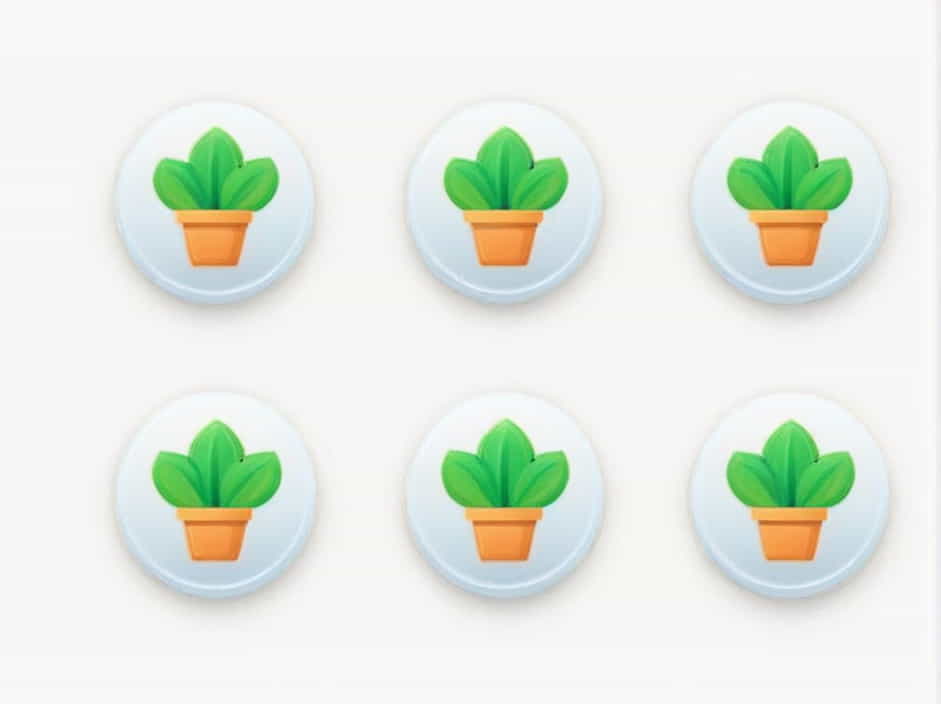A sprinkler irrigation system is an efficient and convenient method for watering gardens. It distributes water evenly over plants, ensuring proper hydration without excessive waste. Whether for small home gardens or larger landscapes, a well-designed sprinkler system can save time, reduce water consumption, and promote healthy plant growth.
This guide will explore the types, benefits, installation process, and maintenance of a garden sprinkler irrigation system while using relevant keywords to optimize it for search engines.
What Is a Sprinkler Irrigation System?
A sprinkler irrigation system is a setup that mimics natural rainfall by spraying water through nozzles. This method allows plants to receive water evenly, promoting uniform growth. It can be automated or manually operated, depending on the user’s preference.
Key Components of a Sprinkler System
To understand how a sprinkler irrigation system works, it’s essential to know its main components:
- Water Source: This could be a tap, well, or water storage tank.
- Pipes and Tubes: These distribute water from the source to different parts of the garden.
- Sprinkler Heads: These spray water in various patterns and coverage areas.
- Valves: They control the flow of water to different sprinkler zones.
- Timer or Controller: Used in automated systems to regulate watering schedules.
Benefits of Using a Sprinkler Irrigation System
Installing a sprinkler irrigation system for gardens provides multiple advantages:
1. Water Efficiency
Sprinklers reduce water wastage by distributing precise amounts based on plant needs. Many modern systems come with smart controllers that adjust watering schedules depending on weather conditions.
2. Time-Saving
Automated garden sprinkler systems eliminate the need for manual watering, saving homeowners significant time and effort.
3. Uniform Water Distribution
Unlike traditional watering methods, sprinklers ensure every plant receives an equal amount of moisture, reducing dry spots and overwatering.
4. Customization Options
Different sprinkler types allow gardeners to choose suitable irrigation methods for various plants, whether for flower beds, lawns, or vegetable gardens.
5. Prevents Soil Erosion
Since sprinklers distribute water gently, they prevent soil displacement, maintaining the integrity of garden beds.
Types of Sprinkler Irrigation Systems
Depending on the garden size and requirements, different sprinkler irrigation system types are available:
1. Fixed Sprinklers
These are stationary sprinkler heads that cover specific areas. They work well for small gardens and flower beds.
2. Rotating Sprinklers
These sprinklers rotate and cover a large circular area, making them ideal for lawns and big gardens.
3. Oscillating Sprinklers
They move back and forth, spraying water in a rectangular pattern. This type is suitable for lawns and vegetable gardens.
4. Drip-Sprinkler Hybrid Systems
For areas with different watering needs, combining drip irrigation with sprinklers ensures both delicate and large plants get adequate moisture.
How to Install a Sprinkler Irrigation System in Your Garden
Setting up a sprinkler irrigation system involves careful planning and installation. Follow these steps to create an efficient system:
1. Plan the Layout
- Sketch your garden and mark the areas needing irrigation.
- Identify the best sprinkler head types based on plant arrangements.
2. Select the Right Sprinklers
- Choose fixed sprinklers for flower beds.
- Use rotating sprinklers for open spaces.
- Combine systems if necessary.
3. Connect Pipes and Valves
- Lay out the main pipeline and connect secondary tubes leading to sprinkler heads.
- Install valves and controllers to regulate water flow.
4. Install Sprinkler Heads
- Position each sprinkler at the right height and angle for maximum coverage.
- Test the system to ensure even distribution.
5. Adjust and Optimize Watering Schedule
- Set timers for early morning or late afternoon watering to prevent evaporation.
- Modify the schedule based on weather conditions.
Maintenance Tips for a Long-Lasting Sprinkler System
Proper maintenance ensures your garden sprinkler system works efficiently for years.
1. Check for Leaks and Clogs
Regularly inspect pipes, valves, and sprinkler nozzles for blockages or damage.
2. Clean Sprinkler Heads
Dirt and debris can obstruct water flow. Cleaning nozzles every few months maintains optimal performance.
3. Adjust Sprinkler Positions
Seasonal changes may require repositioning sprinkler heads to match plant growth and garden layout adjustments.
4. Winterize the System
In colder regions, drain water from pipes to prevent freezing and cracking.
5. Upgrade to Smart Controllers
Modern smart irrigation controllers optimize watering schedules based on weather patterns, reducing water wastage.
Choosing the Best Sprinkler Irrigation System for Your Garden
To select the most suitable sprinkler irrigation system, consider these factors:
1. Garden Size
Larger gardens need rotating or oscillating sprinklers, while smaller areas can use fixed models.
2. Plant Types
- Lawn areas require sprinklers with broad coverage.
- Vegetable gardens benefit from drip-sprinkler hybrids.
3. Budget
Basic systems are affordable, while advanced automated irrigation systems require a higher investment but offer long-term savings.
4. Water Pressure Availability
Ensure your home’s water pressure can support the chosen sprinkler heads. Low-pressure areas may need booster pumps.
Common Mistakes to Avoid When Using a Sprinkler System
Avoid these errors to maximize efficiency:
1. Overwatering
Excessive watering can lead to root rot and fungal growth. Adjust schedules based on weather conditions.
2. Poor Sprinkler Placement
Improperly positioned sprinkler heads may create dry patches or water wastage. Ensure even coverage.
3. Ignoring System Maintenance
Routine sprinkler system maintenance prevents costly repairs and water loss.
4. Watering at the Wrong Time
Watering during peak sun hours leads to evaporation. Early morning or late evening is ideal.
A sprinkler irrigation system is a practical and efficient way to maintain a healthy garden with minimal effort. By selecting the right system, ensuring proper installation, and performing regular maintenance, gardeners can enjoy lush greenery while conserving water.
Investing in a garden sprinkler system not only saves time but also promotes sustainable water use, making it a valuable addition to any home garden.
